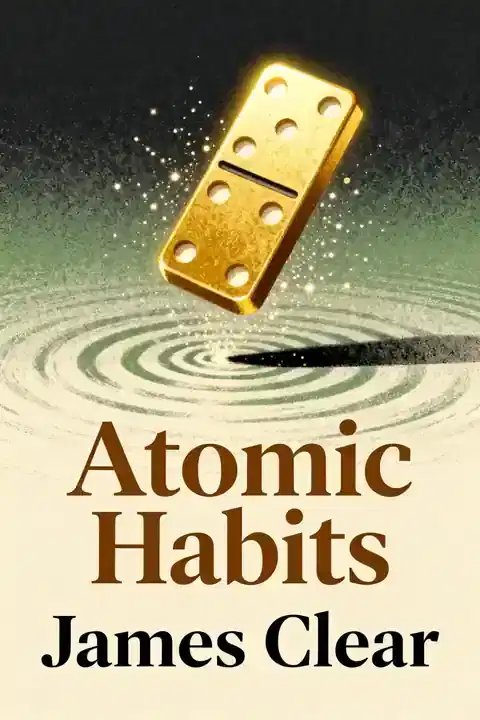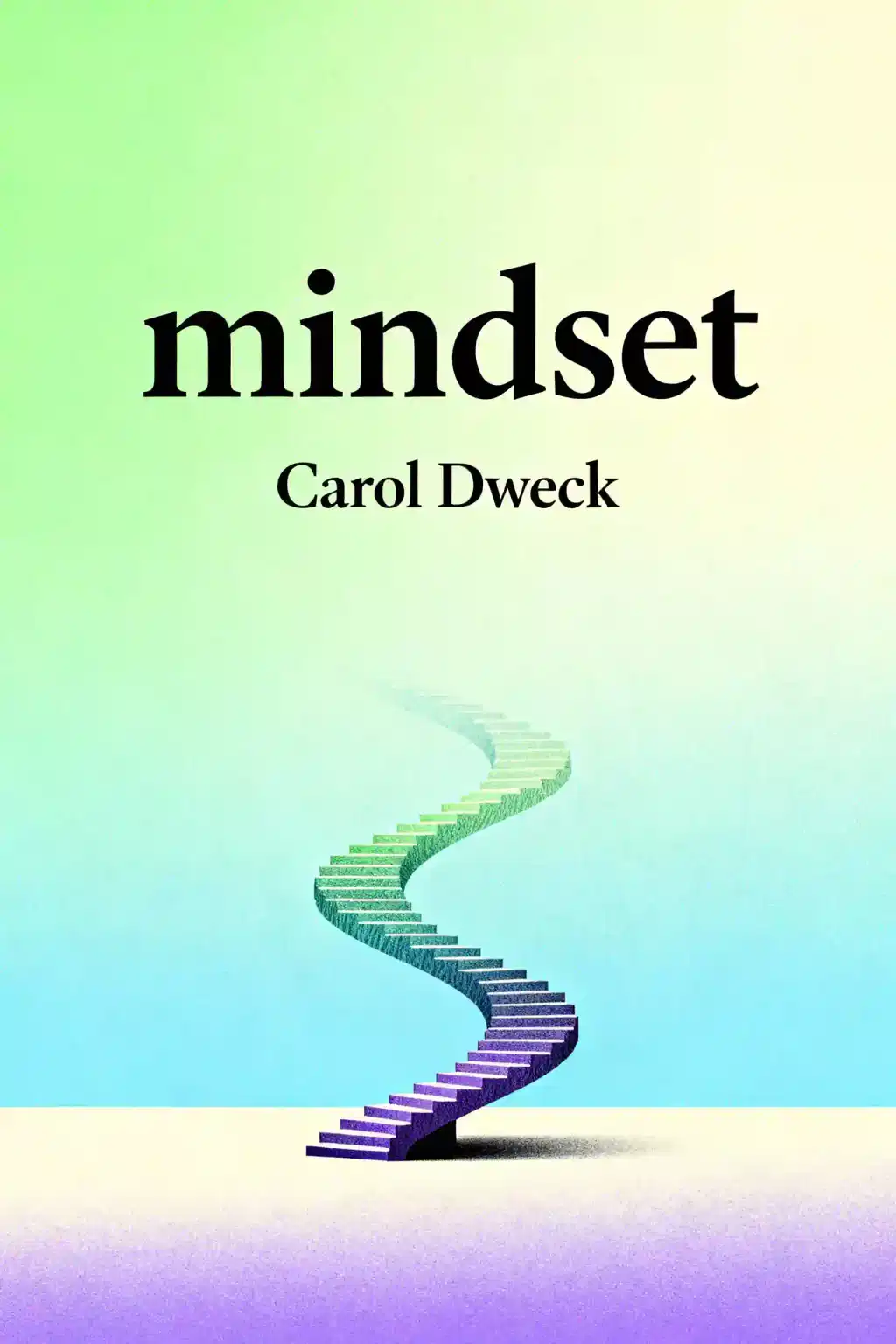What is
Bounce: Mozart, Federer, Picasso, Beckham, and the Science of Success about?
Bounce explores the science of achievement, arguing that success stems from purposeful practice, mindset, and resilience—not innate talent. Matthew Syed uses examples like Mozart and David Beckham to debunk the "natural genius" myth, emphasizing the 10,000-hour rule, deliberate practice, and learning from failure. The book blends sports psychology, neuroscience, and real-world case studies to redefine how excellence is cultivated.
Who should read
Bounce by Matthew Syed?
Athletes, coaches, educators, and professionals seeking to optimize performance will find Bounce invaluable. It’s ideal for fans of Malcolm Gladwell’s Outliers or Angela Duckworth’s Grit, as it offers actionable insights into skill development. Parents and mentors aiming to nurture growth mindsets in children will also benefit from its evidence-based strategies.
Is
Bounce by Matthew Syed worth reading?
Yes—Bounce is a compelling, research-backed guide to achieving excellence. Praised as “one of the most intelligent books about sport ever written,” it combines storytelling with scientific rigor. Syed’s blend of personal experience (as an Olympian) and academic analysis makes it accessible and practical for anyone pursuing mastery.
What is the 10,000-hour rule in
Bounce?
The 10,000-hour rule, popularized by Anders Ericsson, states that mastery requires approximately 10,000 hours of deliberate practice. Syed expands this, stressing that quality of practice—focused, feedback-driven, and iterative—matters more than mere repetition. He illustrates this with examples like Roger Federer’s training regimen.
How does
Bounce challenge the myth of natural talent?
Syed argues that “natural talent” is often a retrospective label applied to those who’ve had early access to resources, coaching, and practice opportunities. He uses his own journey from beginner to Olympic table tennis player—and studies of “child prodigies”—to show how environment and effort trump innate ability.
What are the key concepts in
Bounce?
- Deliberate practice: Structured, goal-oriented skill-building.
- Growth mindset: Believing abilities can be developed through effort.
- Purposeful failure: Using mistakes as feedback for improvement.
- The placebo effect: How belief impacts performance.
What role does purposeful failure play in
Bounce?
Syed frames failure as essential for growth, citing industries like aviation where black box data transforms errors into learning opportunities. He advocates for cultures that normalize setbacks, using examples from sports and business to show how iterative failure drives long-term success.
What famous examples does
Bounce use to explain success?
Syed analyzes Mozart’s decades of coaching before composing masterpieces, Federer’s childhood training, and Beckham’s relentless free-kick practice. These stories underscore his thesis: greatness is earned through persistence, not granted by talent.
How does
Bounce differ from Malcolm Gladwell’s
Outliers?
While both emphasize practice, Bounce focuses more on how to practice effectively. Syed critiques Gladwell’s oversimplification of the 10,000-hour rule, stressing mindset and contextual factors (e.g., access to coaching) as equally critical.
What practical advice does
Bounce offer for personal growth?
- Seek immediate feedback during practice.
- Reframe failures as data points.
- Cultivate a “challenge mindset” to embrace difficult tasks.
- Design environments that encourage incremental progress.
How does Matthew Syed’s background influence
Bounce?
As a former Olympian and self-taught academic, Syed combines firsthand experience with rigorous research. His table tennis career—built through relentless practice, not innate skill—anchors the book’s arguments, lending authenticity to its thesis.
What are criticisms of
Bounce?
Some argue Syed underestimates genetic advantages in sports and overemphasizes controllable factors. Critics also note exceptions to the 10,000-hour rule, like savants, which challenge the universality of his claims.
What are notable quotes from
Bounce?
- “The ten-year rule: a drab-sounding label for an idea that is almost magical in its implications.”
- “Failure is the impetus that propels us to higher levels.”
- “The most important lessons in life come from what you don’t yet know”
Why is
Bounce still relevant in 2025?
Its principles align with modern trends in education (growth mindset curricula), corporate training (resilience workshops), and AI-driven skill development. Syed’s emphasis on adaptive learning remains critical in fast-evolving fields like tech and healthcare.


















